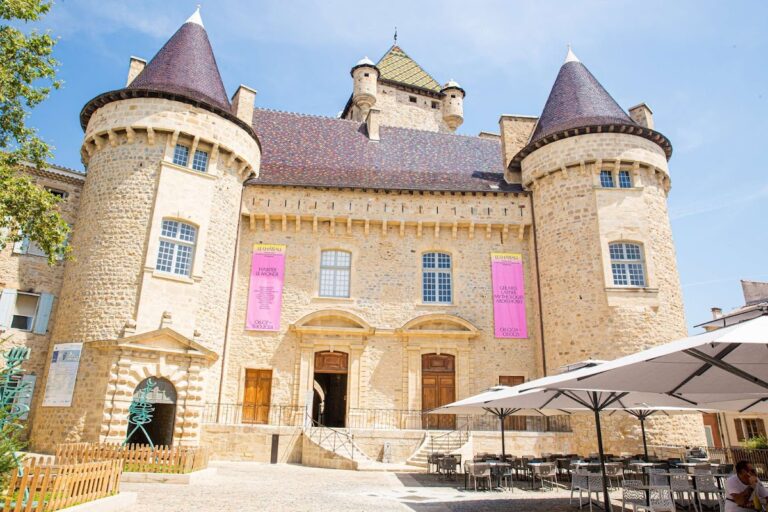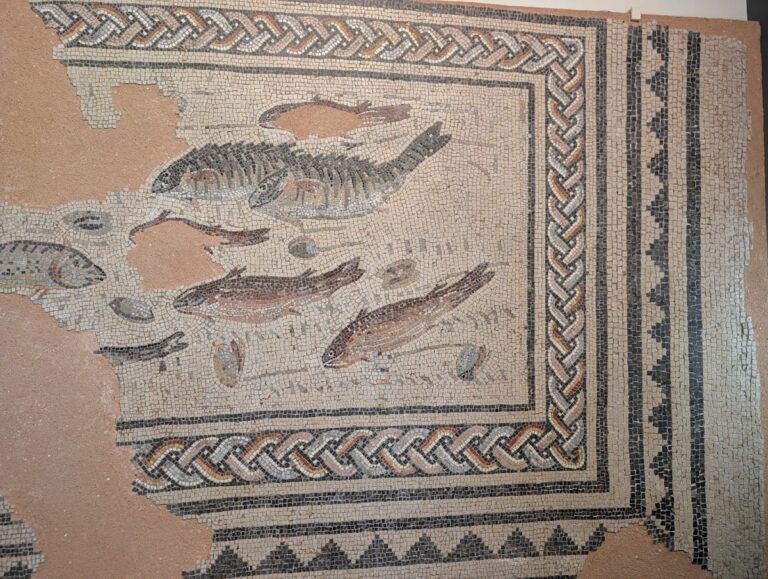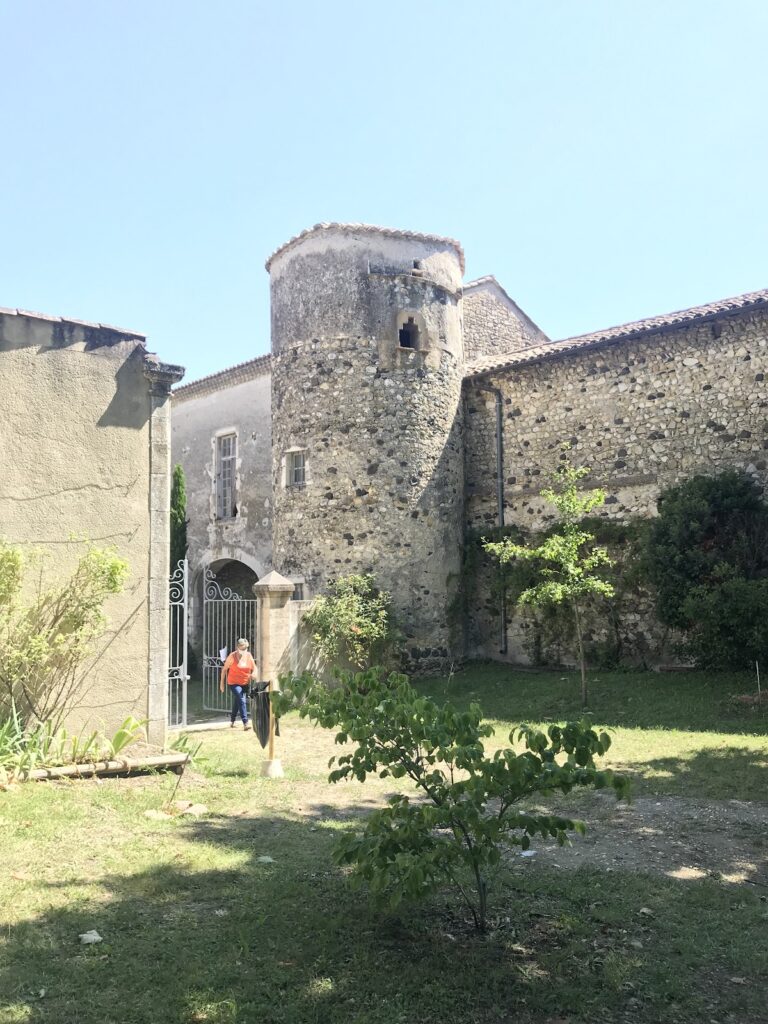Château de Vogüé: A Historic Castle in France
Visitor Information
Google Rating: 4.2
Popularity: Medium
Google Maps: View on Google Maps
Official Website: www.chateaudevogue.net
Country: France
Civilization: Unclassified
Remains: Military
History
The Château de Vogüé, located in the commune of Vogüé in France, was originally constructed by the medieval Lords of Vogüé, a local ruling family. The site has been occupied since at least 1084, when these lords harnessed income from river tolls to initiate the castle’s construction, fulfilling a plan ordered by Raymond I of Vogüé towards the end of the 12th century.
During the 14th century, ownership of the castle transferred to the La Gorce family. Following this, the 15th century brought significant change when the Rochemure du Besset family undertook a rebuilding of the fortress, enhancing its defenses with the addition of four round towers. This period saw the castle evolve into a strong quadrangular structure, suitable for both residence and protection.
The early 17th century marked another transformation under Marquis Melchior I, who served as the grand bailiff of Vivarais. He acquired the property in 1603 and remodeled it to reflect Renaissance tastes. His renovations included enlarging windows to mullioned (vertical divided) and oculus (round) styles and creating a hanging garden above the filled-in castle moats, transforming the fortress into a more elegant and inhabited residence. Despite these improvements, the castle’s prominence declined in the later 17th century when Charles de Vogüé moved his residence to the Château d’Aubenas, leading to gradual abandonment.
The French Revolution brought turmoil to the Château de Vogüé. It suffered fire damage and looting during this period of social upheaval, after which it was seized and sold as national property. In 1839, Marquis Léonce de Vogüé regained possession of the castle and undertook restoration efforts to preserve it. He also founded a school on the premises operated by the Sisters of Saint-Joseph of Aubenas, which remained active until 1960.
Since 1971, the Château de Vogüé has been accessible to the public for art exhibitions and serves as a repository for the works of the 20th-century engraver Jean Chièze. Recognizing its historical value, the French government designated its façades and roof as protected historic monuments in 1969.
Remains
The Château de Vogüé is built in a large quadrangular plan primarily dating from the 15th century, characterized by four robust, round towers positioned at each corner. These imposing towers provide evidence of the castle’s defensive role during the medieval period. At its core, the base of a tower from the late 12th century remains visible, linking the structure to its earliest phase of construction and offering a glimpse into its original medieval fortifications.
In the 17th century, Renaissance alterations modified the castle’s external appearance. All façades and towers were updated with sizable mullioned windows, featuring slender stone divisions, and complementary oculus windows that introduce more light into interior spaces. Of special note on the north-facing side is a doorway with large bossage, a style where stones are carefully carved to create a textured, protruding surface, adding decorative strength to the entrance.
Above the former castle moats, now filled in, a notable Renaissance addition is the hanging garden, a raised terrace garden that replaced defensive waterworks with a cultivated leisure space. A balcony also dates from this period, reflecting the shift from military fortress to comfortable noble residence.
Inside the castle, visitors can find a well-preserved salon from the 17th century, a room likely used for social gatherings. The Salle des États du Vivarais (the States Room of Vivarais) also remains an important interior chamber, possibly serving administrative or ceremonial functions linked to the region’s governance.
The castle chapel contains unique historical and artistic elements brought from the Rochecolombe chapel. It includes a bas-relief—a sculpted artwork in which figures slightly project from a flat background—representing the twelve Apostles and dating to the 16th century. Additionally, the chapel once held a monstrance, a vessel used to display sacred relics, which contained the remains of Saint Bartholomew. A 13th-century coat of arms belonging to the Vogüé family is also preserved within the chapel, marking the lineage and heritage of the original castle builders. Modern additions include stained glass windows created in 1980 by the painter Alfred Manessier, which add contemporary artistry to the sacred space.
Together, these features illustrate the Château de Vogüé’s architectural evolution from a fortified medieval stronghold to a Renaissance residence and religious site, with layers of history visible in both its stonework and interior furnishings.










